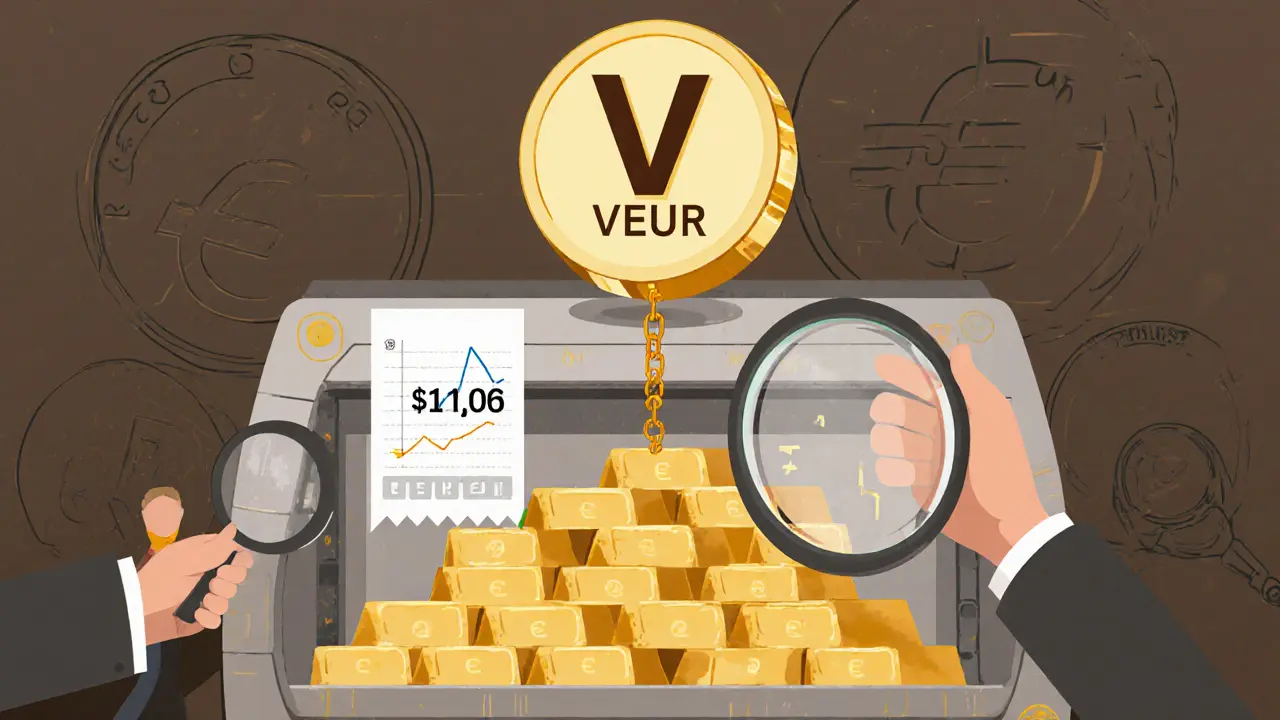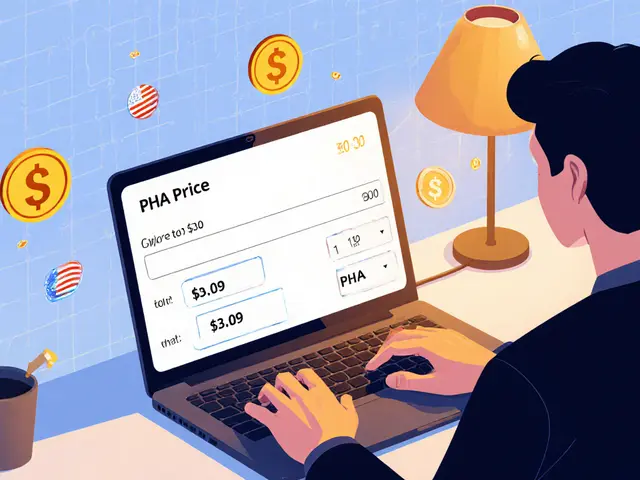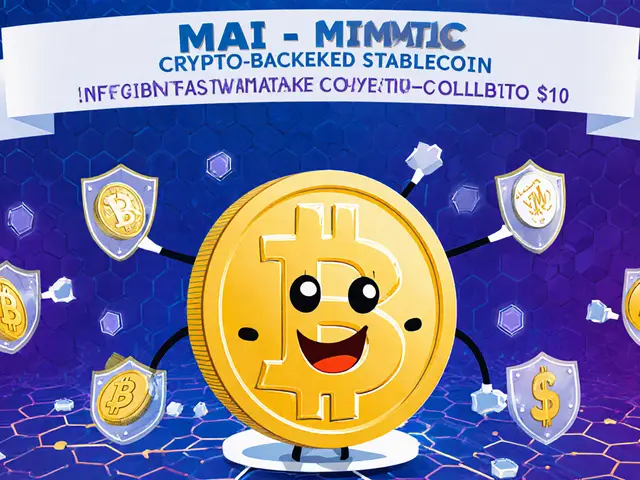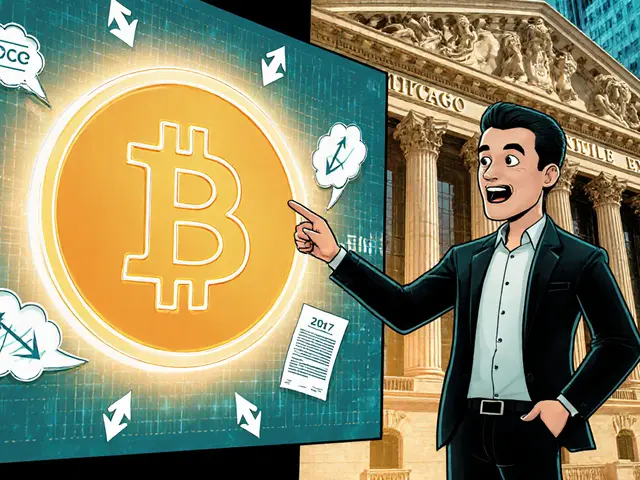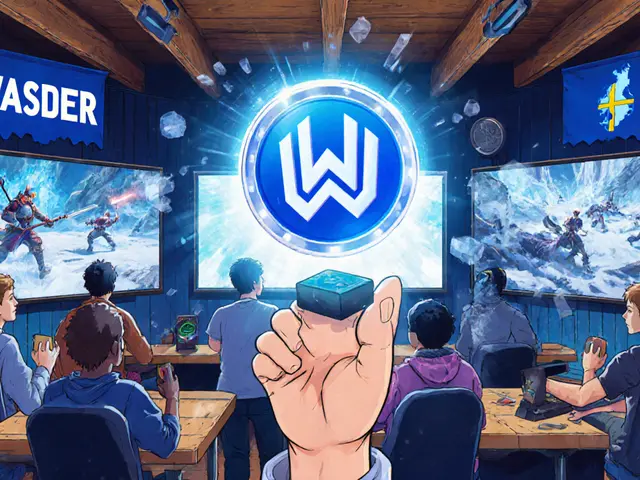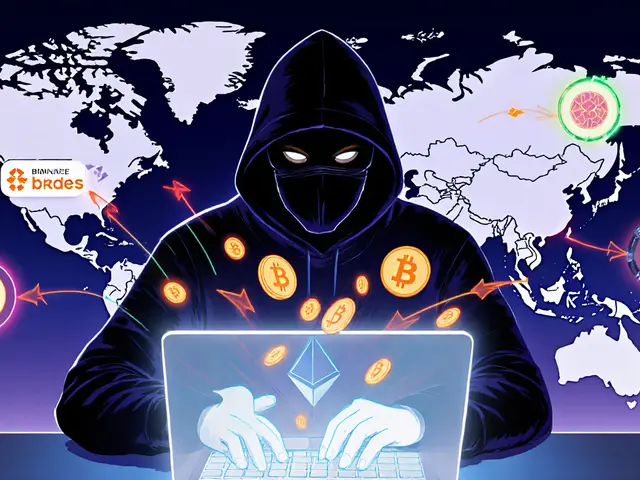VNX Commodities: What They Are, How They Work, and Why They Matter in Crypto
When you hear VNX Commodities, a blockchain-based platform that tokenizes real-world commodities like gold, oil, and agricultural products. Also known as tokenized physical assets, it lets you own a fraction of a barrel of oil or an ounce of gold without ever touching the physical item. This isn’t just digital art or meme coins—it’s actual value tied to things the world runs on.
VNX Commodities relates directly to tokenized assets, digital representations of real-world goods on a blockchain, which are gaining traction as investors look for stable, tangible backing in crypto. Unlike volatile altcoins, these tokens track the price of gold, silver, or crude oil, giving users a way to hedge against inflation or market swings. It also connects to blockchain commodities, commodity-backed digital tokens that can be traded 24/7 across borders, removing the need for warehouses, brokers, or complex logistics. You don’t need to buy a whole gold bar—you can buy 0.001 of one, trade it instantly, and cash out when you want.
Why does this matter now? Because traditional finance still locks commodities behind high minimums, slow settlement times, and geographic limits. VNX Commodities breaks that. It’s used by traders in emerging markets who can’t access physical gold, by crypto investors looking for low-correlation assets, and by institutions testing real-world asset (RWA) integration. The platform doesn’t just mirror prices—it proves ownership on-chain, with audits and third-party vault verification. That’s the difference between a promise and proof.
Looking at the posts here, you’ll see how other platforms handle fraud, regulation, and risky tokens. But VNX Commodities stands out because it’s not chasing hype—it’s digitizing the bedrock of global trade. You’ll find reviews of shady exchanges, airdrop traps, and unstable meme coins. But you’ll also find real-world value being moved onto blockchains, and VNX is one of the few doing it cleanly.

